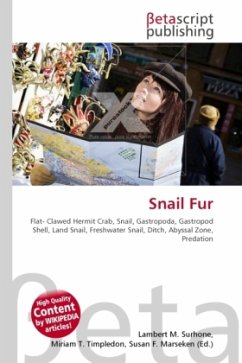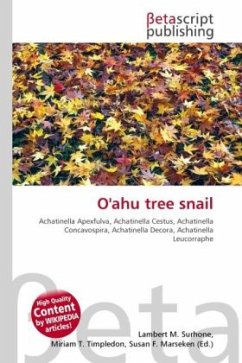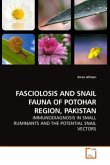High Quality Content by WIKIPEDIA articles! Hydractinia Symbiolongicarpus grows on snail shells inhabited by Pagurus Longicarpus hermit crabs (Hazlett). According to Recruitment and Postrecuitment Interactions in a Colonial Hydroid, Hydractinia Symbiolongicarpus larvae will only settle shells inhabited by Pagurus Longicarpus. In the summer, mature female H. symbiolongicarpus colonies drop eggs onto the sand which are fertilized by sperm released synchronously by male colonies and subsequently turn into crawling larvae. The larvae selectively stick to hermit crab-occupied snail shells where they encounter a hermit crab associated bacteria which triggers the larvae to metamorphose into a single feeding polyp.
Bitte wählen Sie Ihr Anliegen aus.
Rechnungen
Retourenschein anfordern
Bestellstatus
Storno








